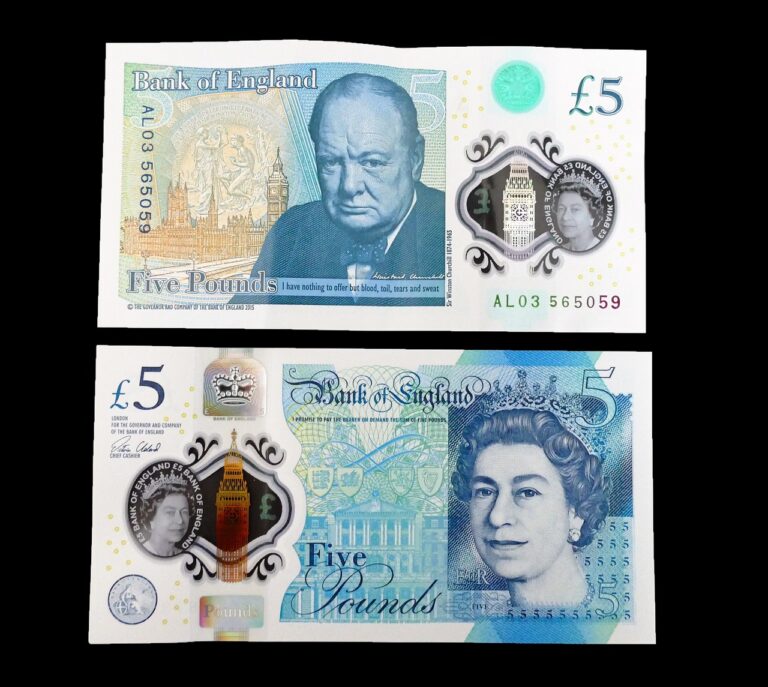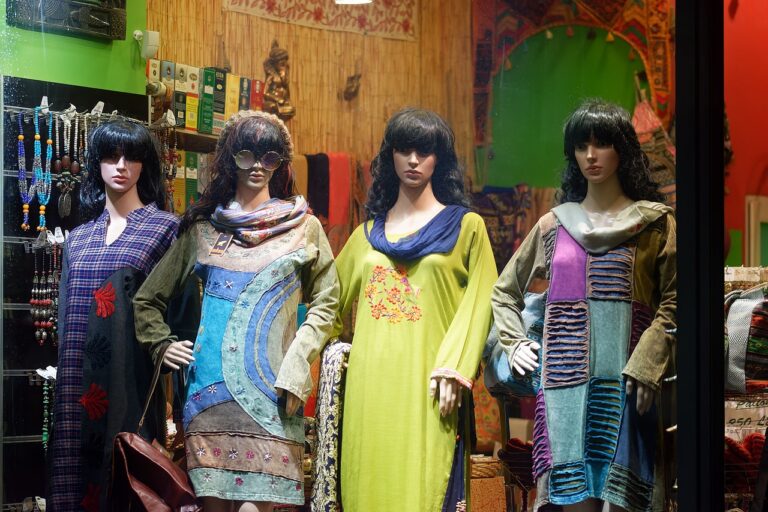The Psychology of Color in Retail: How it Influences Buying Decisions
Color plays a significant role in influencing consumer perception. It is a powerful tool that can evoke emotions, convey brand messaging, and ultimately drive purchasing decisions. The colors chosen for a product, logo, or packaging are carefully selected to resonate with target audiences and create a certain perception about the brand.
Research has shown that different colors can elicit specific responses from consumers. For example, warm colors like red and orange tend to evoke feelings of excitement and passion, while cooler tones such as blue and green are often associated with trust and reliability. Understanding these color associations is crucial for businesses looking to effectively communicate their brand values and connect with their target market.
Color Associations and Emotions
Color plays a crucial role in evoking emotions and associations in consumers. For example, the color red is often associated with passion, love, and excitement, making it a popular choice for brands aiming to convey a sense of energy and intensity. On the other hand, blue is commonly linked to trust, reliability, and calmness, making it a preferred color for companies wanting to establish a sense of security and professionalism.
In addition to individual color meanings, cultural and societal influences also impact how colors are perceived. For instance, while white symbolizes purity and cleanliness in Western cultures, it can represent mourning and sadness in some Eastern cultures. Understanding these nuanced associations is essential for businesses looking to effectively communicate their brand message through color choices.
Creating a Brand Identity Through Color
Color plays a crucial role in establishing a brand’s identity, as it can communicate the essence and values of a company without words. The choice of colors in branding can evoke specific emotions and associations that directly influence how consumers perceive a brand. For example, blue is often associated with trust and reliability, making it a popular choice for financial institutions and technology companies looking to convey a sense of security to their audience.
When selecting colors for branding, it is essential to consider not only the aesthetic appeal but also the psychological impact on consumers. Different colors can trigger varying reactions and feelings, so it is vital to align the chosen hues with the intended brand message. By strategically incorporating colors into logos, packaging, and marketing materials, businesses can create a cohesive brand identity that resonates with their target audience and leaves a lasting impression.





